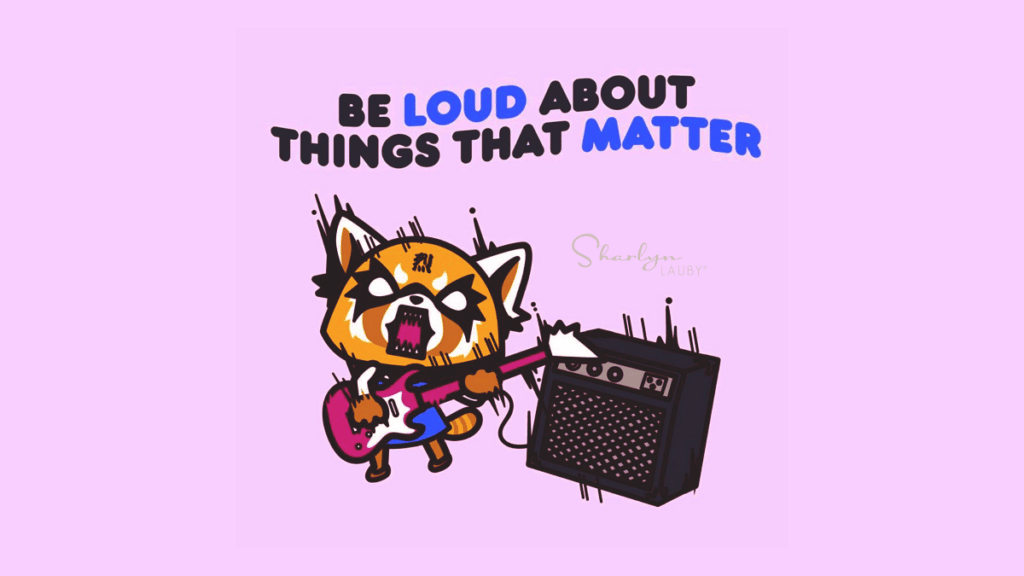Estimated reading time: 3 minutes
Customer service training is essential element for any business. It doesn’t matter if you’re a B2B (business to business) or B2C (business to consumer) organization. Knowing how to treat customers is important. And we can’t just assume every employee knows how to do it well.
Customer service training should happen. New hires should receive customer service training. And current employees should receive “refresher” training to keep good service top of mind. Customer service should be discussed at operational planning meetings, budget meetings, department meetings, and shift briefings. Organizations need customers to survive, so delivering excellent customer service is absolutely necessary.
I’d like to think that everyone knows how important customer service is…but that being said, what are the key topics that should be covered during customer service training? Here’s a list to get you started:
- Customer information. It helps to share demographic information about who the average customer is as well as their lifetime value. The marketing department knows this. If we want employees to deliver excellent service, then they need to know who they are dealing with.
- Performance standards. Define what good customer service looks like. This should be incorporated into employee performance. In evaluations, we can’t simply say, “delivers excellent customer service”. We need to be specific. I once worked for a company that said it included answering the phone within three rings. Regardless of how you feel about the rule, that was their definition of excellent customer service.
- Online customer service techniques. I’m separating online techniques here because there could be some differences in the best way to communicate with customers online versus in-person. For example, an organization might say that customers emails should be answered within 24 hours.
- Handling mistakes. (aka what to do when things go wrong) Sometimes organizations make mistakes. When that happens, employees should be prepared to handle customer inquiries and complaints. If they need to issue apologies, refunds, etc., they need to be ready. It’s better to proactively handle mistakes than to deal with upset and angry customers.
- Dealing with difficult customers. Speaking of upset and angry customers, even the best companies have challenging situations. Employees should know how to handle an emotional customer encounter. A huge component is empathy – not sympathy. Empathy is easy to explain but hard to learn and convey. Empathy can become easier once employees have a better understanding of who their customers are (see #1).
- How to say “no”. Sometimes no matter how much we want to, we cannot say yes to a customer request. Employees need to know how to say “no” to a customer without intentionally escalating the intensity of the situation.
- Empowerment. This last topic includes many of the above concepts. Employees should know 1) which customer service matters they can handle on their own and 2) which ones need management approvals. The answer isn’t that everything needs management approval. Managers don’t have the time. So training employees to handle certain matters helps customers and makes good business sense.
As organizations are thinking about putting the pandemic in the rear-view mirror, they need to think about customer service. Customers are watching their budgets right now and want a good experience for their money. Organizations should have customer service training and make sure it aligns with the experience they want to deliver.
Retsuko the Red Panda courtesy of Aggretsuko on Netflix
The post 7 Essential Elements in Customer Service Training appeared first on hr bartender.



0 Commentaires